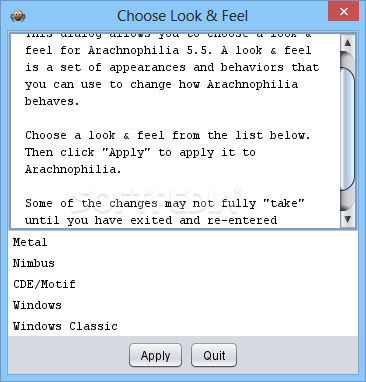

I asked what sort of tune it was? They answer'd that it was a kind of jigg: I tried several jiggs, but to no purpose, for the man was as motionless as before. It happen'd that I had never heard that tune, consequently cou'd not play it. The people at the sight of me cried out-play-play the tarantella: (which is a tune made use of on such occasions). I could not help going, without offending a number of friends when I was there I saw a man stretched on the ground who seem'd as if he was just a going to expire. It happened one day that a poor man was taken ill in the street, and it was well known to be the effect of the tarantula, because the country people have some undoubted signs to know it and particularly (they say) that the tarantula bites on the tip or under lip of one's ear, because the tarantula bites one when is a sleeping on the ground: and the wounded part becomes black, which happens three days after one is bit, exactly at the hour of the hurt returned: and they further assert, that if one was to undertake to cure him he would feel the effect of it every day at the same hour for the space of three to four hours till it would throw him into such madness as to destroy him in about a months time some (they say) have lived three months after they have been bit but the latter I cannot believe, because it never happens that any man is suffer'd to die by such distemper, the priest of the parish being obliged to play on the fiddle in order to cure them, and it has not been known in the memory of man that anyone is dead of it, but to proceed: A man poor was taken ill in a street (as I said before) and as the priest was out of the way, several gentlemen begg'd me to play for that poor fellow. In this species, mating takes place on a courtship thread constructed by the male.īelow is a 1753 witness account of a victim of Tarantism and the Tarantella that healed him: Young specimens, which instead build simple orbicular webs, wait on the web. The yellowish prosoma (cephalic part) shows a darker median band widening towards the eyes, while the opisthosoma (abdomen) has a leafy pattern with lighter sides and centre.īehaviour: This species builds an orbicular web from the centre of which a silken signal thread runs to an area, usually on an upper corner of the web, where the spider builds a pouch in which it stays vibrations from any prey trapped in the web reach the spider through the signal thread. In questa specie l’accoppiamento avviene su un filo di corteggiamento costruito dal maschio.Īnatomical features : Spider of fair size, females reaching up to 11 mm body length.

Gli esemplari giovani, che invece costruiscono semplici tele orbicolari, attendono sulla ragnatela. Il prosoma (Parte cefalica) giallognolo, mostra una banda mediana che si allarga verso gli occhi più scura, mentre l’opistosoma (addome) ha un disegno a foglia i cui lati e centro sono più chiari.Ĭomportamento: Questa specie costruisce una tela orbicolare dal cui centro parte un filo di seta di segnalazione che raggiunge una zona, di solito su un angolo superiore della ragnatela, in cui il ragno costruisce un astuccio in cui resta le vibrazioni di eventuali prede intrappolate nella ragnatela, attraverso il filo di segnalazione arrivano al ragno. Global distribution (WSC 2021): Europe, Turkey, Caucasus, Iran? Introduced to North America, Chile, Uruguay, Argentina, China, Japan, RéunionĬaratteristiche anatomiche : Ragno di dimensioni discrete, le femmine arrivano anche agli 11 mm di lunghezza del corpo. Nome scientifico: Zygiella x-notata (Clerck, 1757)


 0 kommentar(er)
0 kommentar(er)
